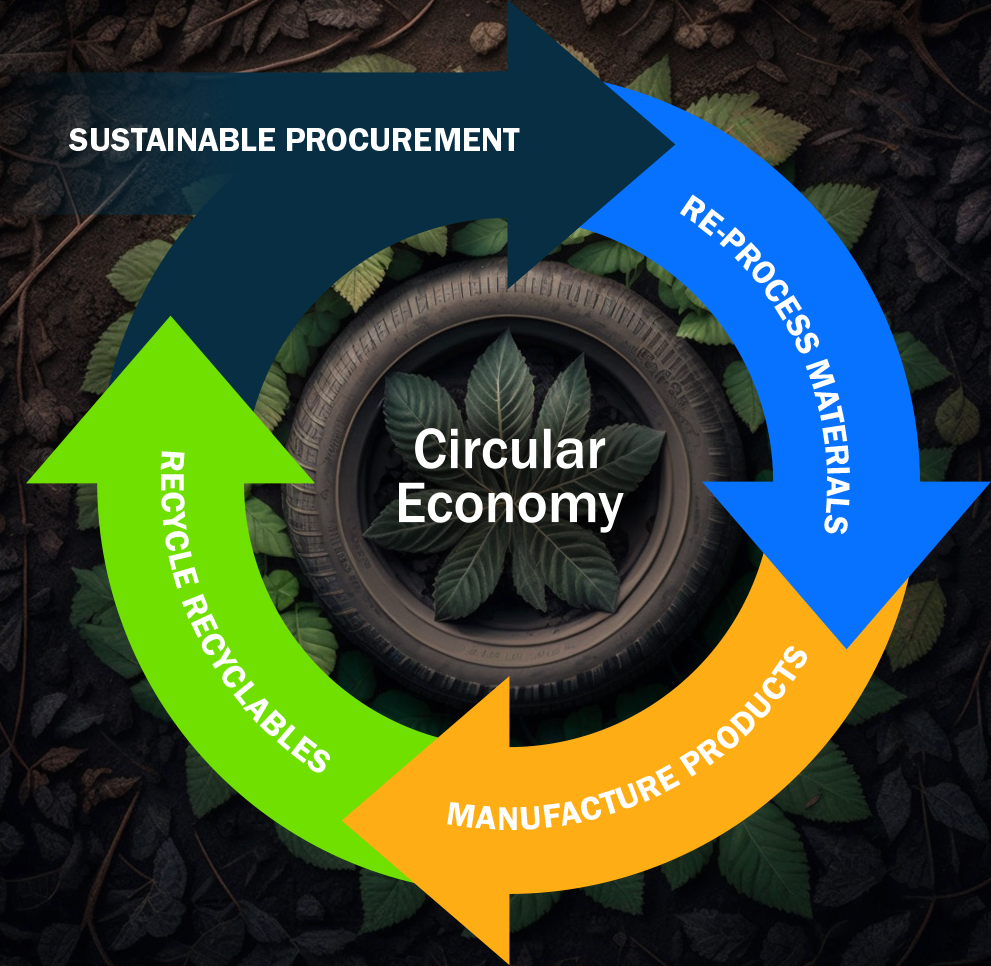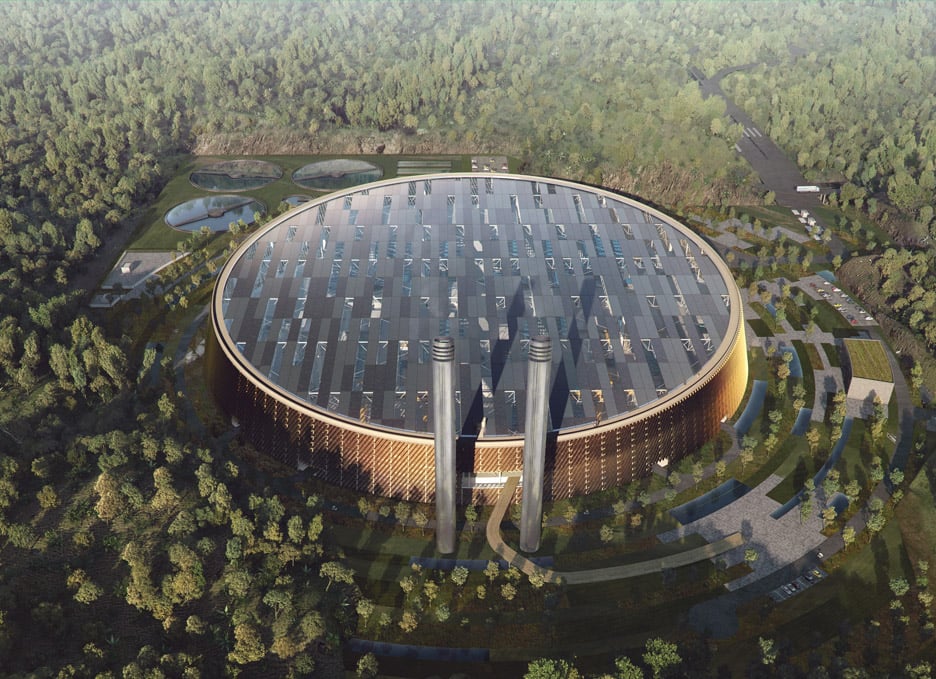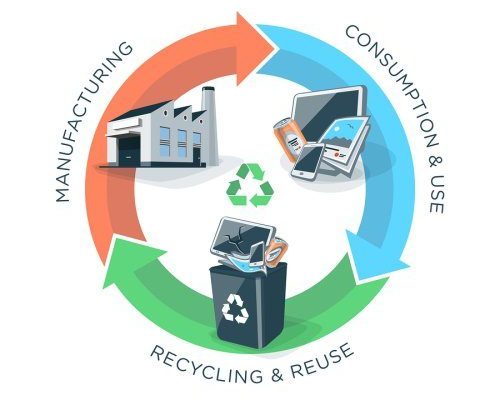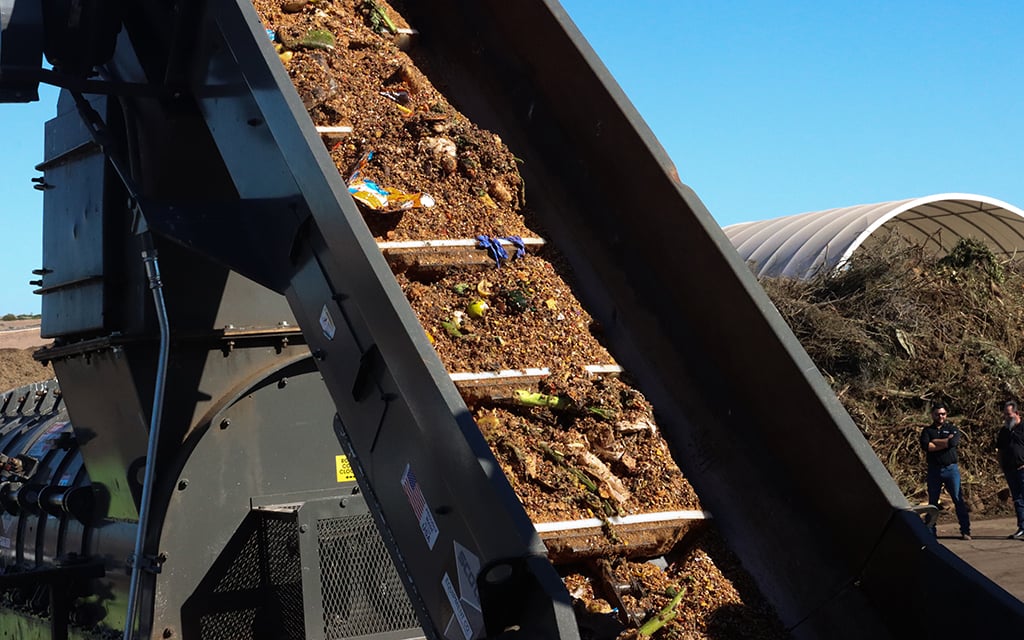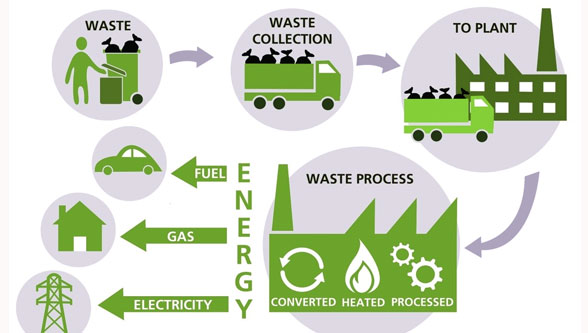Introduction The concept of the circular economy aims to minimize waste and maximize resource efficiency. It is a system that strives to close the loop by ensuring that products and materials are used, reused, and recycled to their fullest potential. Waste-to-Energy (WtE) plays a crucial role in this revolution by transforming waste into valuable resources, contributing to a sustainable and circular economy. Historical Background The idea of a circular economy is not a new concept. It dates back to the early 20th century when sustainability pioneers recognized the importance of minimizing waste and promoting resource efficiency. Over time, the concept…
Author: sohailkhan2k22
Introduction As urban areas continue to grow and expand, the importance of sustainable cities becomes increasingly evident. The concept of sustainable cities revolves around creating urban environments that meet the needs of the present without compromising the ability of future generations to meet their own needs. One crucial aspect of achieving sustainability goals in urban areas is the implementation of Waste-to-Energy (WtE) technologies. This article explores the relevance of WtE in urban development and highlights its significance in promoting sustainability. Historical Background The development of sustainable cities and the incorporation of WtE technologies have a rich historical background. Over the…
Introduction Waste to Energy and Climate Change Mitigation explores the potential impact and benefits of waste to energy solutions in mitigating climate change. By converting waste materials into energy, this approach offers environmental, economic, and social advantages. This article aims to provide insights into the historical background, key concepts, policy frameworks, case studies, current trends, challenges, and future outlook of waste to energy initiatives. Historical Background Waste to energy initiatives have evolved over time, driven by the need to address the environmental consequences of improper waste management while mitigating climate change. The history of waste management practices highlights the negative…
Introduction Waste-to-Energy (WtE) initiatives have gained significance in recent years due to their potential to address both environmental and social challenges. This article aims to explore the concept of empowering communities through WtE projects and the importance of studying their social impact. Historical Background The origins and evolution of WtE initiatives can be traced back to early examples of community empowerment. These initiatives have grown from simple waste management practices to sophisticated systems that generate energy from waste materials. Key Concepts and Definitions Empowerment plays a crucial role in WtE initiatives as it enables communities to actively participate in decision-making…
Introduction The advent of artificial intelligence (AI) has brought about a revolution in recycling processes. With its ability to analyze and process large amounts of data, AI has drastically improved the efficiency and accuracy of recycling systems. This article explores the relevance and importance of AI in revolutionizing recycling processes. Historical Background Traditionally, recycling processes relied on manual sorting and identification of recyclable materials. However, with the introduction of AI in recycling, the industry has witnessed significant advancements. AI technologies such as machine learning and computer vision have revolutionized the way recyclables are sorted and managed. Key Concepts and Definitions…
Introduction The role of robotics in waste sorting and recycling has gained significant attention in recent years. As the world grapples with increasing amounts of waste and the need for sustainable waste management solutions, robotics offers a promising avenue for improving efficiency and accuracy in waste sorting processes. This article explores the historical background of waste sorting and recycling, provides key definitions and concepts, discusses the benefits and implementation of robotics in waste management, presents case studies and examples, analyzes current trends and developments, addresses challenges and controversies, speculates on the future outlook, and concludes with a summary of the…
Introduction Plastic recycling is a process that involves converting waste plastic materials into reusable products. It plays a crucial role in mitigating the environmental impact of plastic waste and reducing the dependence on virgin plastic production. This article explores the historical background, key concepts, main discussion points, case studies, current trends, challenges, future outlook, and references related to innovations in plastic recycling methods. Historical Background During the early days of plastic recycling, simple methods such as reusing plastic containers and melting plastic waste to create new products were prevalent. However, these methods had limitations in terms of scalability and the…
Introduction In today’s world, waste management has become a pressing issue as the amount of waste generated continues to increase. Chemical recycling techniques offer a potential solution to this problem by converting waste materials into valuable resources. This article aims to explore the various chemical recycling methods and their relevance in achieving a more sustainable and efficient recycling process. Historical Background Chemical recycling techniques have a rich history that dates back several decades. The development of these methods can be attributed to the need for alternative solutions to traditional recycling methods. Over the years, significant advancements have been made in…
Introduction The concept of 3D printing has gained immense popularity in recent years, revolutionizing various industries and opening up new possibilities for innovation. However, with the increasing concern for sustainability and waste reduction, there is growing interest in exploring the potential of 3D printing from recycled materials. This article aims to highlight the relevance of this topic and discuss the importance of using recycled materials in 3D printing. Historical Background 3D printing, also known as additive manufacturing, has its roots in the 1980s when Charles Hull developed the first 3D printer and introduced the concept of layer-by-layer printing. Over the…
Introduction The topic of public perception and acceptance of waste-to-energy (WtE) facilities is crucial in the pursuit of sustainable waste management solutions. With a growing need to address the waste crisis and mitigate environmental impacts, WtE facilities offer potential benefits that must be understood and embraced. However, these facilities also face challenges and controversies influenced by public perception and acceptance. Historical Background WtE facilities have a rich history, evolving with different technologies. Over time, significant milestones and events have shaped public perception and acceptance. From the early adoption of incineration processes to advancements in gasification and anaerobic digestion, WtE facilities…
Introduction The global issue of waste management has prompted countries around the world to explore innovative solutions, with waste-to-energy (WtE) policies emerging as a promising option. This article aims to shed light on successful WtE policies in different countries, highlighting their relevance and importance in driving sustainable waste management. By converting waste into valuable energy, WtE not only addresses the pressing issue of waste disposal but also contributes to renewable energy generation and environmental preservation. Historical Background To understand the significance of WtE policies, it is essential to delve into the historical background of waste management. Throughout history, waste disposal…
Introduction The regulation of waste-to-energy technologies is of utmost importance in today’s world due to the increasing global waste generation and the need for sustainable waste management solutions. Understanding the challenges and opportunities in regulating waste-to-energy technologies is crucial for addressing environmental and social concerns. Historical Background Waste-to-energy technologies have evolved significantly over time, from simple incineration methods to more advanced combustion and gasification technologies. However, historical attempts to regulate these technologies have been limited and insufficient in addressing environmental and social concerns. Key Concepts and Definitions To gain a comprehensive understanding of waste-to-energy technologies, it is essential to define…
Introduction Waste-to-energy and waste diversion goals are critical aspects of modern waste management systems. In this article, we will explore the regulatory perspective surrounding these topics and delve into their importance and relevance in today’s world. By examining the historical background, key concepts, main discussion points, case studies, current trends, challenges, controversies, future outlook, and conclusion, we aim to shed light on the significance of waste-to-energy and waste diversion goals from a regulatory standpoint. Historical Background Waste management has undergone significant evolution over time. From traditional landfilling practices to the emergence of more sustainable methods, the need for effective waste…
Introduction Balancing environmental concerns with energy needs is the delicate act of finding harmony between the demand for energy and the preservation of the environment. As global energy consumption increases, it becomes imperative to address the environmental consequences associated with traditional energy sources. This article explores the historical background, key concepts, and main discussion points surrounding this topic, as well as provides case studies, current trends, challenges, and a future outlook. Historical Background Throughout history, the energy industry has had a significant impact on the environment. From the Industrial Revolution to the present day, the burning of fossil fuels has…
Introduction Sweden’s success in achieving nearly zero waste through waste-to-energy has garnered international attention and admiration. This article provides an overview of the topic, highlighting its relevance and importance in the context of waste management and sustainability. Additionally, it explores why Sweden’s approach to waste management is worth exploring further. Historical Background The evolution of waste management practices in Sweden has been instrumental in achieving nearly zero waste. This section delves into the historical milestones and initiatives that led to the country’s focus on waste reduction and waste-to-energy. It also discusses the government policies and regulations that have supported the…
Introduction The Phoenix Resource Recovery Facility plays a crucial role in addressing the growing issue of waste management. With the increasing population and urbanization, it has become imperative to find innovative and sustainable solutions to handle waste effectively. The facility not only provides an efficient way of waste disposal but also contributes to the generation of clean energy. In this article, we will delve into the importance and relevance of The Phoenix Resource Recovery Facility and explore why it is worthy of discussion. Historical Background To understand the significance of The Phoenix Resource Recovery Facility, it is essential to have…
Introduction The waste-to-energy (WtE) industry has gained significant importance and relevance in Asia due to the growing need for sustainable waste management solutions. This article aims to provide an overview of the historical background, key concepts, main discussion points, case studies, current trends, challenges, and future outlook of WtE in Asia. Historical Background Evolution of Waste Management Practices in Asia Asia has witnessed a significant evolution in waste management practices over the years. With rapid urbanization and population growth, the volume of waste generated has increased exponentially. Traditional waste management methods, such as landfilling and open dumping, have proven to…
Introduction Waste-to-energy technologies have gained significant attention in developing countries as a sustainable solution for waste management. This article aims to explore the relevance and importance of waste-to-energy in addressing waste management challenges and discuss its potential benefits. Historical Background In developing countries, waste management practices have traditionally been inadequate, leading to environmental degradation and public health risks. The emergence of waste-to-energy technologies has offered a promising solution to these issues. Notable milestones in the development of waste-to-energy technologies include the introduction of anaerobic digestion and advancements in incineration and gasification processes. Key Concepts and Definitions Waste-to-energy refers to the…
Introduction Food waste to energy conversion has become a crucial solution for sustainable waste management practices worldwide. In this article, we will explore the South Korea model, which has gained significant attention due to its innovative approach to food waste conversion. By providing a comprehensive analysis of the historical background, key concepts, main discussion points, case studies, current trends, challenges, future outlook, and conclusion, we aim to highlight the relevance and importance of the South Korea model in addressing global food waste issues. Historical Background In order to fully grasp the significance of the South Korea model, it is important…
Introduction The waste-to-energy sector has witnessed significant advancements in recent years in the field of biogas production. This article explores the various innovations in waste-to-energy technologies and their relevance in the context of environmental sustainability and renewable energy goals. Historical Background The evolution of waste management practices and the emergence of waste-to-energy concepts have paved the way for the development of biogas production and utilization. Early developments in this field laid the foundation for the milestones achieved in waste-to-energy innovations. Key Concepts and Definitions Waste-to-Energy involves the conversion of waste materials into usable forms of energy. Biogas, a key component…


